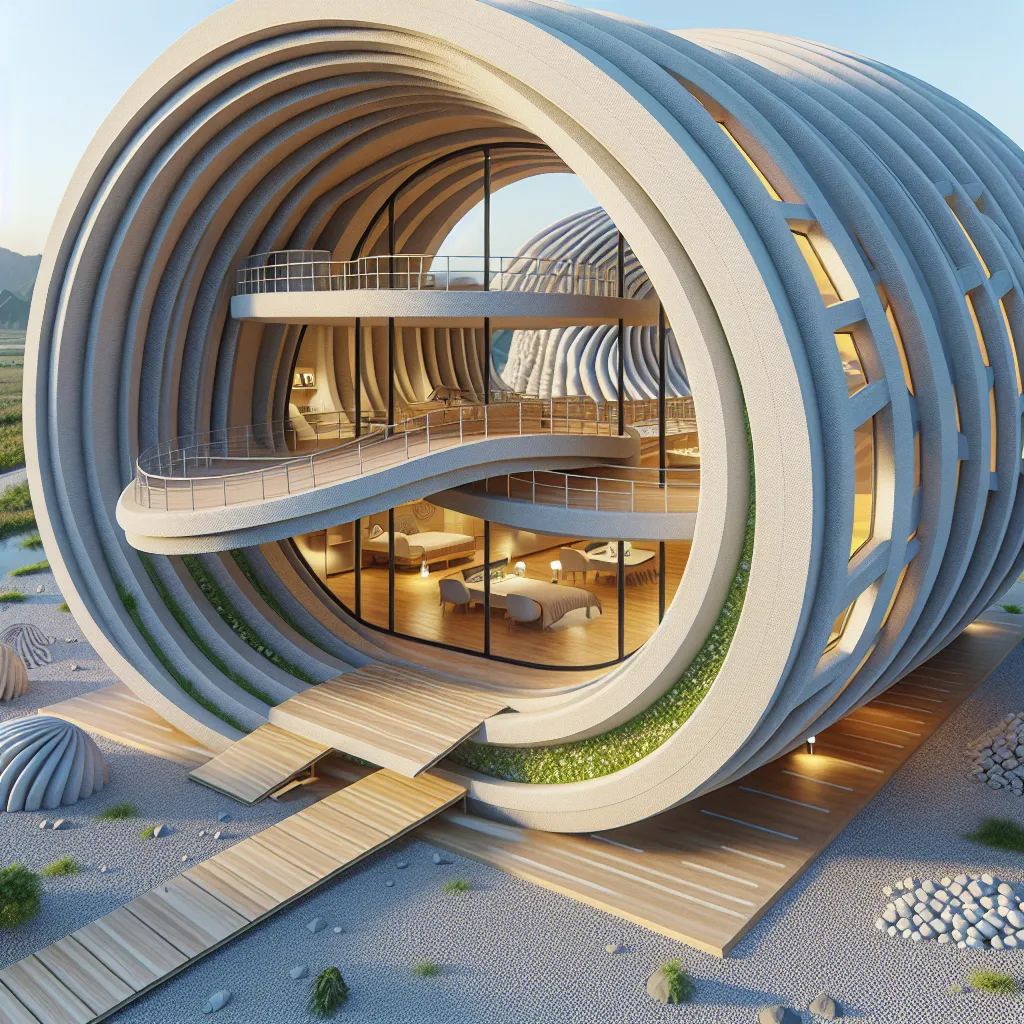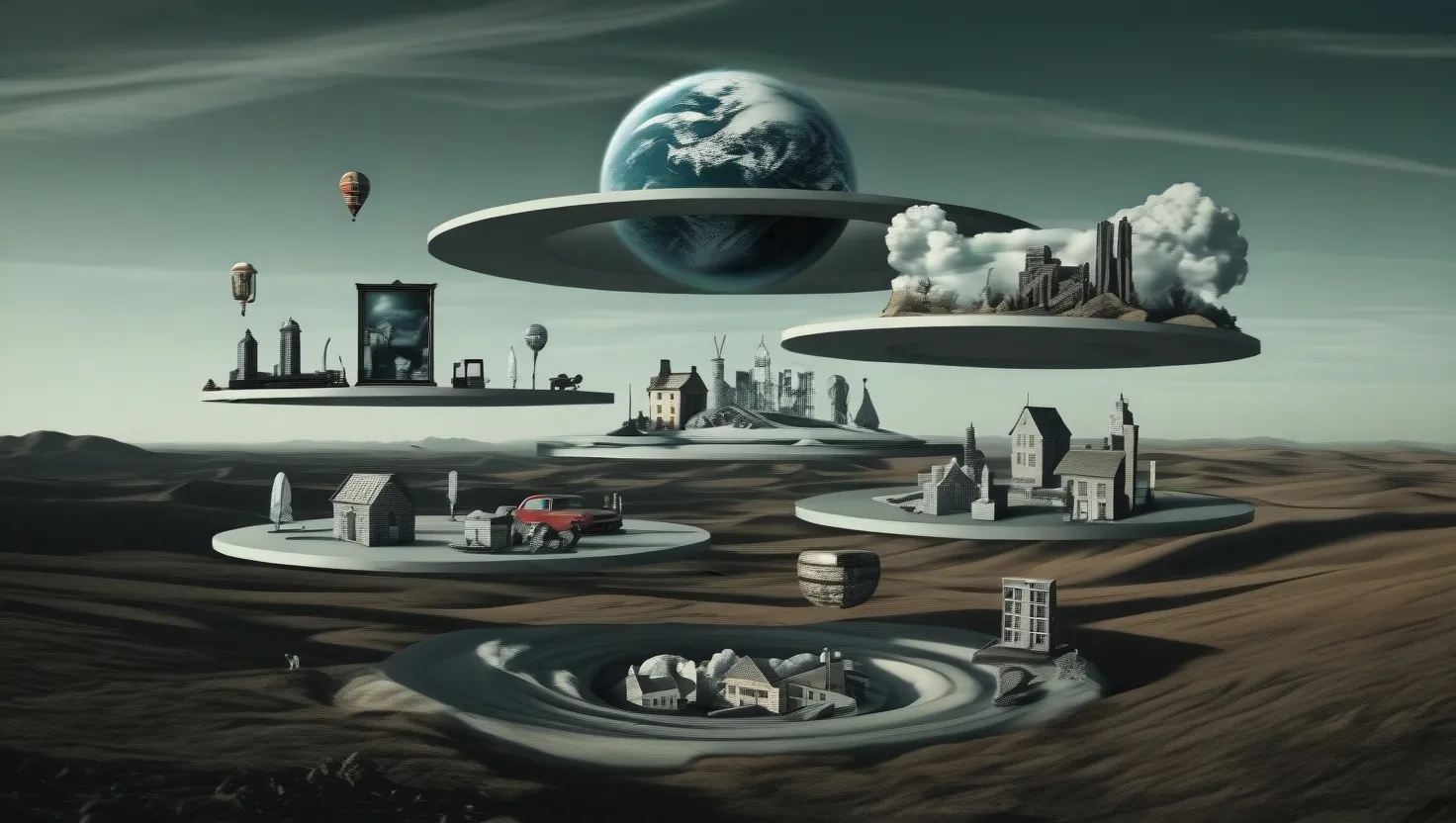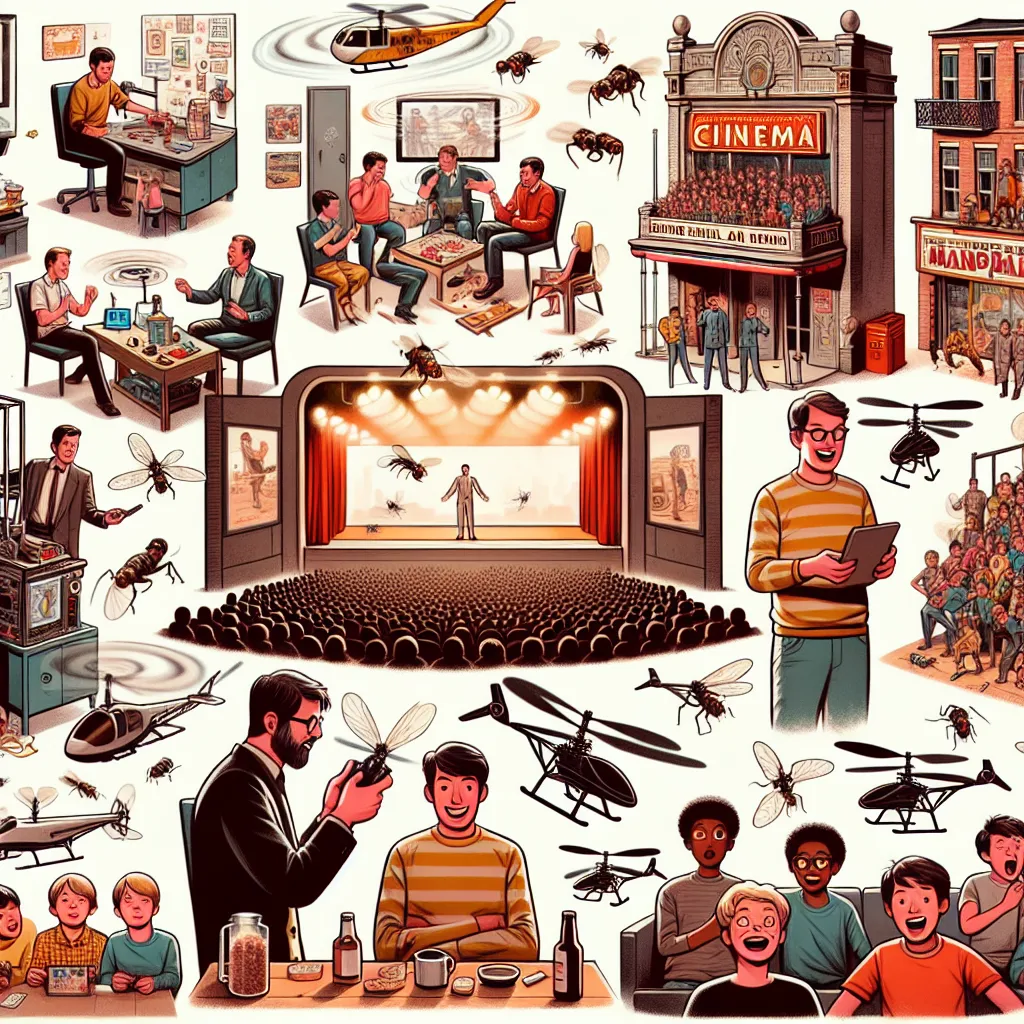Around 3.4 billion years ago, Earth was a wild mess of moving lands. Thanks to plate tectonics, the small protocontinents started to merge, creating something larger. Scientists believe these ancient landmasses, called cratons, joined forces to form Earth’s first supercontinent, Valara. We don’t know its exact shape or size, but a few remnants, like the craton in South Africa, offer us clues. Valara’s existence, however, was doomed. Beneath it, a massive plume of heat was gathering strength, ready to tear this supercontinent apart.
Fast forward to 2.7 billion years ago, Valara still ruled the planet. But the heat from Earth’s core powered plate tectonics, setting the stage for a colossal split. The immense size of the supercontinent acted like a blanket, trapping heat underneath. As temperatures soared, magma built up, increasing pressure until the crust gave way. The continent shattered, and molten lava burst forth, ripping it into smaller pieces. This splitting process is visible today in Africa, where the Earth’s core is tearing the continent apart. A massive Rift Valley stretches from the Red Sea to Mozambique, with giant cracks and volcanoes like Kilimanjaro marking the surface.
This tumultuous breakup led to fragments of land drifting across the globe. No one is sure what the planet looked like after Valara’s demise. Our understanding is hazy, as Earth entered its so-called “Dark Ages.” For over a billion years, no new supercontinent formed. This period was marked by a relentless cycle of destruction and rebirth, fitting into the broader theory of continental drift. Continents drift apart and collide again over a span of hundreds of millions of years, balancing land creation and destruction at mid-ocean ridges and subduction zones.
Around 1.1 billion years ago, the pieces came together again, forming another supercontinent called Rodinia. Encompassing nearly all the Earth’s continental rock, we still don’t know Rodinia’s exact shape, but central to it was an area that would later become North America. Yet the cycle continued. About 350 million years later, rising heat broke Rodinia apart, creating smaller continents that drifted aimlessly before forming another giant landmass—Gondwana, in the southern hemisphere.
Gondwana didn’t last forever either. Over several hundred million years, it also split apart. Plate tectonics then orchestrated a remarkable reunion, summoning the land back together to form the mighty Pangaea, Earth’s last supercontinent. This colossal landmass included all the continents we recognize today.
This dizzying dance of drifting and colliding pieces shaped the Earth into the world we live in now. The supercontinents came and went, but the planet’s surface area and the forces beneath it remain constant, ensuring the cycle of creation and destruction goes on.






